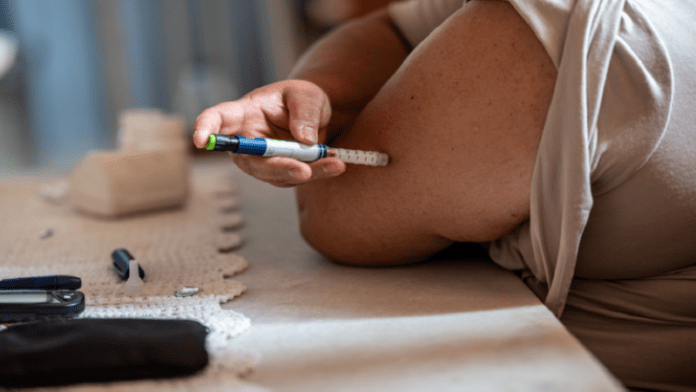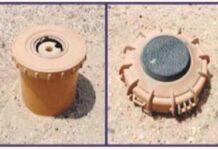A team of American scientists has created a new implantable device that may soon eliminate the need for insulin injections for patients with type 1 diabetes.
Scientists at the Massachusetts Institute of Technology have developed a device that produces an endless amount of oxygen, to inject a diabetic patient with vital insulin-producing cells, reports Al-Rai daily.
The device, which was tested on mice, has the potential to eliminate the need for diabetics to constantly monitor their blood sugar levels and inject themselves with insulin.
After facing the problem of how to supply the transplanted insulin-producing cells with enough oxygen to respond to low blood glucose, scientists discovered a way to separate water vapor in the body into its component parts, hydrogen and oxygen.
The oxygen then travels to a storage chamber in the device that feeds the implanted insulin-producing cells, which are then able to respond to spikes in blood glucose levels immediately.
The system also eliminates the need for immunosuppressive drugs, so that they do not attack the transplanted cells.
One group of mice received an implant with a membrane that separates water vapor. The other group received a device containing islet cells grown without any additional oxygen to maintain the production of those cells.
The mice maintained normal blood glucose levels compared to healthy animals, while the mice that received the device became hyperglycemic within about two weeks.
The small device does not require any wires or batteries, but only a small voltage of about 2 volts generated through a phenomenon known as “resonant inductive coupling.”
A controlled magnetic coil outside the body, which can be worn as a patch on the skin, transmits energy to a small, flexible antenna inside the device, allowing the energy to be transmitted wirelessly.
The scientists, who soon plan to test the device on humans, say it could also be adapted to treat other diseases that require repeated delivery of proteins.
“You can think of this as a living medical device made of human cells that secrete insulin, along with an electronic life support system,” said MIT chemical engineering professor Dr. Daniel Anderson.
“The vast majority of diabetics who depend on insulin inject themselves with it, and they do the best they can, but they don’t have healthy blood sugar levels,” Anderson added. “If you look at their blood sugar levels, even for people who are very careful to be careful, they can’t keep up with what a living pancreas can do.”
He continued: “If we can replace the need for injections every two weeks with a single implant that can work for a long time, I think that could really help a lot of patients.”
“The materials we used are inherently stable and long-lasting, so I think this kind of long-term process is within the realm of possibility, and that’s what we’re working on,” said MIT research scientist Siddharth Krishnan, the study’s lead author.

















